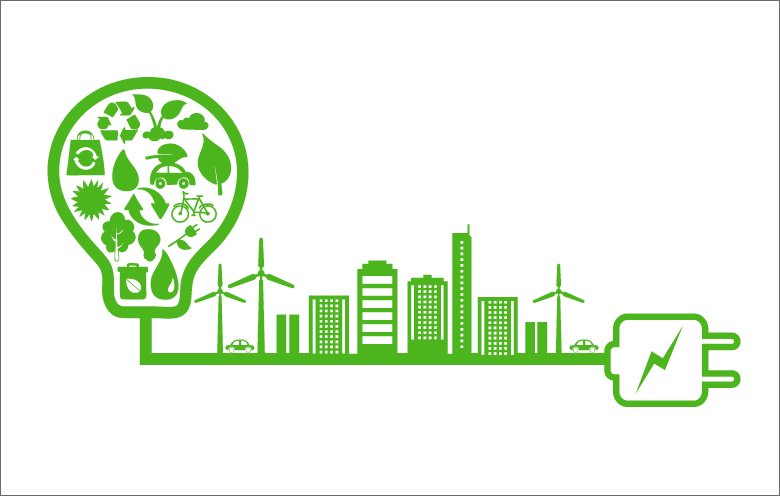Unlocking Savings: Your Guide to Home Energy Efficiency Tax Credits
Are you on a mission to make your home more energy-efficient while also benefiting from valuable tax credits? If you're a homeowner or even a renter looking to minimize your carbon footprint and maximize your savings, you're in the right place. The world of energy-efficient products and tax incentives might seem complex, but fear not – we've compiled a comprehensive overview to help you navigate this exciting journey toward a greener and more economically sound future.
First things first, you might be wondering, "Who exactly is eligible for these enticing tax credits?" The answer is clear: both homeowners and certain renters who invest in energy-efficient appliances and products can tap into these financial benefits. It's a win-win situation – you're reducing your energy consumption and getting rewarded for it!
So, how do you go about claiming these valuable credits? It's simpler than you might think. All you need to do is complete the IRS Form 5695. When you're filing your tax return, don't forget to attach the form along with any relevant product receipts.
Now, you might be wondering if there are any limits to what you can claim. The good news is that you can claim similar or varying credits year after year as long as you invest in new energy-efficient products. However, be aware that some credits come with annual limits – a detail that's neatly laid out in the provided table for your convenience.
Curious about the specific products that could make you eligible for these sought-after tax credits? Let's break it down:
Home Clean Electricity Products: This category includes solar panels that generate electricity from a local provider and home back-up power battery storage with a capacity of 3 kWh or more.
Heating, Cooling, and Water Heating: From electric or natural gas heat pumps to heat pump water heaters, central air conditioners, and more – if they meet efficiency standards, they're eligible. Solar water heating products that are performance-certified also make the cut.
Other Energy Efficiency Upgrades: This encompasses everything from insulation materials meeting stringent standards to exterior windows that meet Energy Star's Most Efficient requirements. Even panelboards and sub-panelboards with high load capacity are part of the equation.
If you want even more detailed information, the IRS has you covered. They've released a comprehensive set of frequently asked questions about energy-efficient home improvements and residential clean energy property credits. Whether you're a tax professional, a building contractor, or a homeowner you'll find the wealth of knowledge you're seeking on the IRS website.
In a nutshell, embracing energy efficiency isn't just about doing your part for the environment – it's also about bolstering your financial well-being. These tax credits are the cherry on top of the cake, sweetening the deal for those who choose to make eco-conscious decisions for their homes. So, start exploring your options, make your home more energy-efficient, and watch as your efforts translate into both a greener planet and savings for you!


